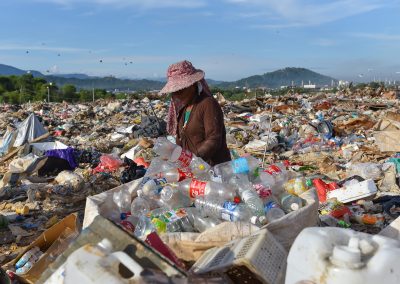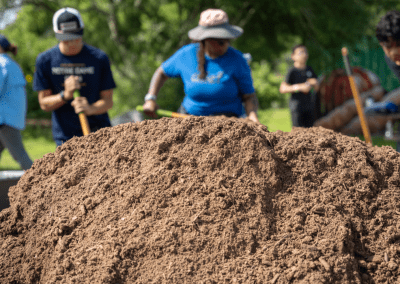Pittsburgh
Pittsburgh’s Resilience Journey
In recent decades, Pittsburgh has emerged as an active hub for technology, education, healthcare, and finance. While the loss of steel production and industrial manufacturing jobs have driven many younger residents from the city, increasing the relative size of the elderly population, city government sees Pittsburgh’s new sectors, along with the available housing stock, as strong levers for growth.
To support this trend, Pittsburgh will need to address its industrial legacy – including regional energy production, the transportation system, and land use patterns – which continues to impact the city’s quality of air and water.
Pittsburgh has also focused on mitigating challenges created by severe weather events, such as blizzards and heavy rains. With its landscape of hills and rivers, flooding poses a serious threat to the city’s bridge and tunnel networks, and to aging water containment infrastructure. Additional resources will be needed to support Pittsburgh’s current efforts in this area, which are centered on a flood management system and the expansion of green infrastructure.
View Strategy
News and Resources

Speaker Series 2025 #11 | Designing Together: The OASIS schoolyard model

Speaker Series 2025 #10 | Waste’s Invisible Workforce: From Informal to Inclusive

Speaker Series 2025 #09 | Scaling Resilient Communities: Tools for Action
Our Network
Which cities are a part of the Resilient Cities Network?

